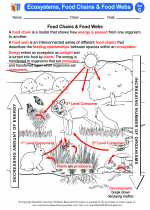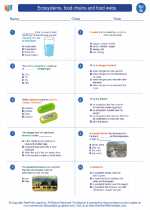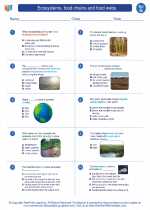Muscle Tissue
Muscle tissue is a specialized type of tissue that is composed of cells that have the ability to contract, producing movement in the body. There are three main types of muscle tissue: skeletal muscle, smooth muscle, and cardiac muscle.
Skeletal Muscle
Skeletal muscle is attached to the bones and is responsible for voluntary movements such as walking, running, and lifting. It is striated, meaning it has a striped appearance when viewed under a microscope. Skeletal muscle is under conscious control, allowing us to move our limbs and perform various activities.
Smooth Muscle
Smooth muscle is found in the walls of hollow organs such as the stomach, intestines, and blood vessels. It is responsible for involuntary movements such as peristalsis (the movement of food through the digestive system) and regulating the diameter of blood vessels. Smooth muscle is not striated and is under involuntary control.
Cardiac Muscle
Cardiac muscle is found in the heart and is responsible for pumping blood throughout the body. It is striated like skeletal muscle but is under involuntary control. Cardiac muscle has unique properties that allow it to contract rhythmically and continuously without tiring.
Study Guide
- What are the three main types of muscle tissue?
- Which type of muscle tissue is responsible for voluntary movements?
- Where is smooth muscle found in the body?
- What is the function of cardiac muscle?
- What are the unique properties of cardiac muscle?
Understanding the different types of muscle tissue and their functions is important for understanding how the body moves and functions. Be sure to review the characteristics and functions of each type of muscle tissue to solidify your understanding.
.◂Science Worksheets and Study Guides Seventh Grade. Ecosystems, food chains and food webs

 Activity Lesson
Activity Lesson
 Worksheet/Answer key
Worksheet/Answer key
 Worksheet/Answer key
Worksheet/Answer key
 Worksheet/Answer key
Worksheet/Answer key
 Vocabulary/Answer key
Vocabulary/Answer key
 Vocabulary/Answer key
Vocabulary/Answer key
 Vocabulary/Answer key
Vocabulary/Answer key
 Vocabulary/Answer key
Vocabulary/Answer key
 Vocabulary/Answer key
Vocabulary/Answer key
